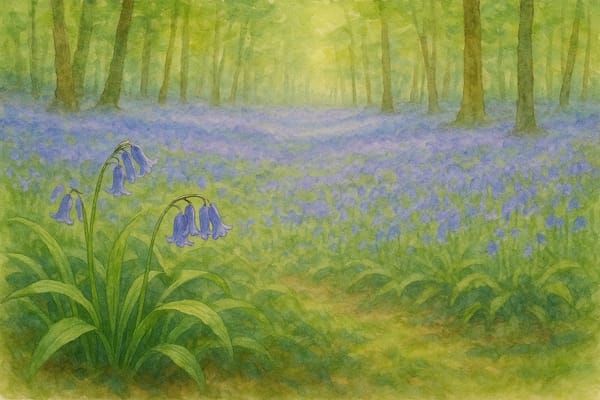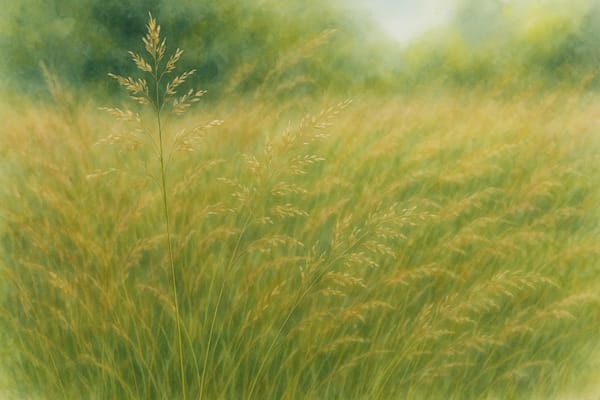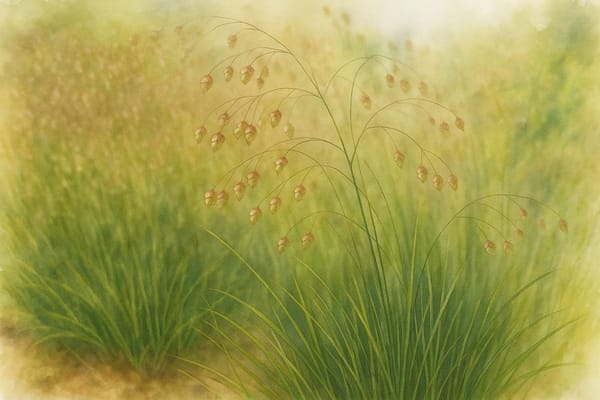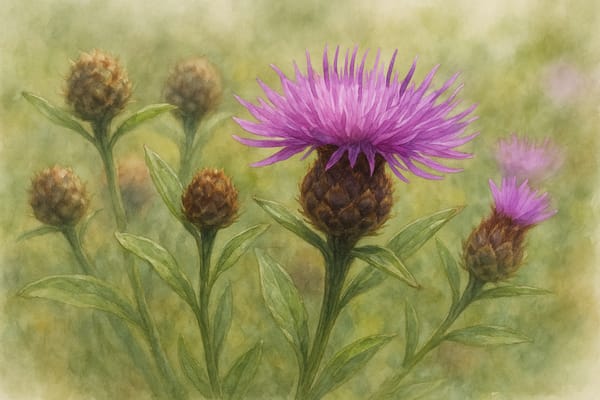A Symbol of Enchantment, Humility, and Timeless Beauty
Historical and Cultural Significance
Fairy Lore and Folklore
In Cornish and British tradition, bluebell woods were places of enchantment, said to be inhabited by fairies. Folklore warned that picking bluebells or hearing their silent chime could draw humans into the fairy realm or bring misfortune.
Symbolism in the Language of Flowers
Bluebells symbolize humility, constancy, gratitude, and enduring love. They also carry associations with remembrance and mourning—reflecting both the joy of spring and the bittersweet passage of time.
Inspiration in Literature and Art
From the poetry of Hopkins and Wilde to springtime folklore, bluebells have inspired generations as a symbol of renewal, grace, and the quiet virtues of nature.
Cornish Heritage and Landscapes
In Cornwall, bluebells flourish in ancient woodlands like Enys Gardens and Penrose Estate, marking untouched land and forming part of the region’s deep-rooted connection to nature and myth.
Historic Uses and Protection
Elizabethans used bluebell starch for stiffening ruffs, though all parts of the plant are toxic. Today, bluebells are a protected species, recognized for their ecological and cultural significance.
Growing Bluebells in Coastal Gardens
| Requirement | Details |
|---|
| Light | Partial shade; tolerates full sun in cooler areas |
| Soil | Moist, humus-rich, well-drained; sandy or loamy preferred |
| Water | Moist during growth; drought-tolerant when dormant |
| pH | Neutral to slightly acidic |
| Salt Tolerance | Moderate; prefers sheltered coastal spots |
| Hardiness | Hardy in the UK; withstands wind and coastal conditions |
Care and Cultivation Tips
- Site Selection:
Plant in dappled shade under trees, hedgerows, or sheltered coastal slopes. - Planting:
Plant bulbs in autumn, 10 cm deep and spaced 10 cm apart. Avoid disturbing established colonies. - Watering:
Water during dry springs, especially in the first year. - Fertilizing:
Generally unnecessary if organic matter is present. - Aftercare:
Allow foliage to die back naturally. Avoid trampling and mowing until leaves wither. - Propagation:
Bluebells self-seed readily. For managed spread, divide clumps after flowering.
Coastal Garden Notes
Bluebells are ideal for naturalising shady coastal corners, under trees, or in sheltered meadows. They support pollinators and create stunning spring carpets with minimal care. Provide protection from harsh salt winds for best results.
Summary
Bluebells embody Cornwall’s rich folklore, symbolising enchantment, humility, and love. With roots in myth, literature, and woodland heritage, they thrive in moist, shady corners of coastal gardens—bringing timeless beauty and vital wildlife value to the spring landscape.











